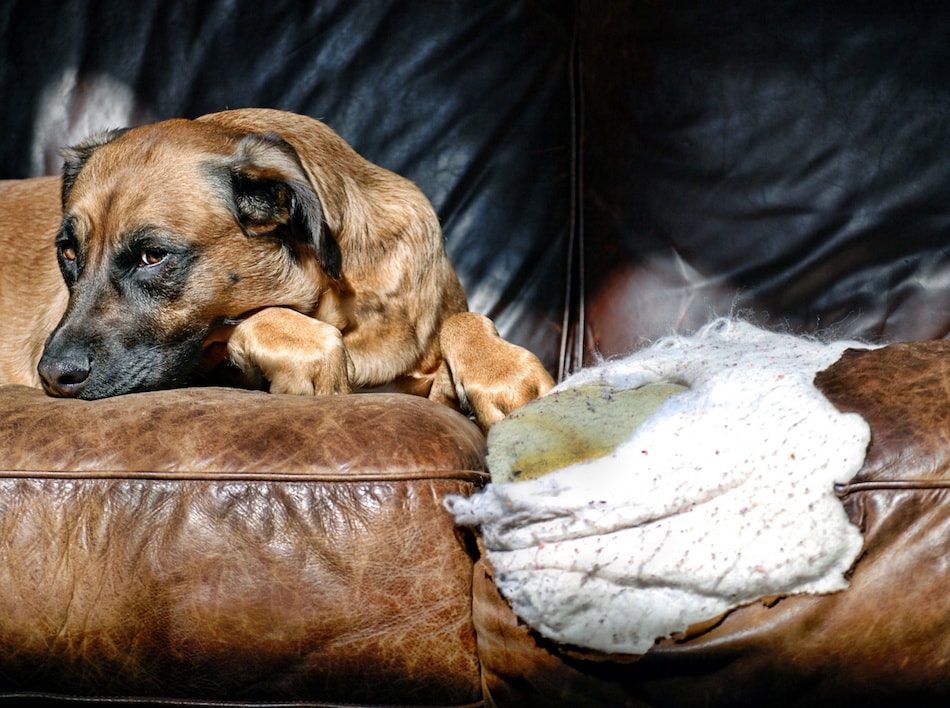Buying a Home Damaged By Pets: What to Expect
Posted by Justin Havre on Wednesday, October 31st, 2018 at 8:02am.
 Some pets can do serious damage to homes where they live. If you're a home buyer trying to purchase a property that has sustained damage from live-in pets, knowing what kind of home maintenance projects to expect can help you prepare to make repairs.
Some pets can do serious damage to homes where they live. If you're a home buyer trying to purchase a property that has sustained damage from live-in pets, knowing what kind of home maintenance projects to expect can help you prepare to make repairs.
Give the Flooring Some Care
Pets can damage floors in a variety of ways. Pets with claws may scratch floor boards, while young pets may have accidents or chew up carpeting. Sometimes this damage is visible, other times it is hidden from view. For example, removing the carpeting may reveal hardwood floors that have been stained.
In a home with carpeting, the carpet may need to be replaced to get rid of pet smells and pet dander. Home buyers hoping to avoid the expense of replacing the carpet may try professional steam cleaning first. If a home buyer would like to refinish hardwood floors that have been stained, spraying the stains with hydrogen peroxide can help eliminate the stains.
Repairing Scuffs, Gouges, and Other Pet Damage in Homes
Certain breeds of animals have nervous tendencies and some just love chewing things—including door frames—especially when they are left home alone. This can lead to unsightly damage including door gouges from pups trying to get outside. Fortunately, this is a relatively easy repair.
Simply sand the damaged area down with medium grit sandpaper. Use a pull scraper to remove any remaining splinters from the surface. Choose a drywall joint compound and use a putty knife to fill in gashes on the trim or door frame. Prime, paint and allow the area to completely dry.
Scratches or claw marks on wood that are superficial can typically be masked with a coat of stain and varnish. However, for deeper gashes the area will need to be sanded down a bit.
Clean the dust off and apply a quality gel wood stain with a soft cloth, and smooth it in with a dry brush before wiping off excess with a clean spot of cloth. Fixing surface damage on metal doors is also relatively simple. Use a sanding block or sandpaper to remove any paint or rust near damaged areas before filling the dents with auto body filler putty to patch the spots. Sand the patch and paint it to match the door if necessary. If the door is traditional metal, it may be necessary to find a metallic paint for metal applications to restore the door to its natural, pre-damaged look.
Replace the HVAC Air Filter
Pet dander can flow easily through the air and coat the ducts of the HVAC system. When the HVAC system turns on, this circulates pet dander around the house. A homeowner's best defense against this pet dander is a clean HVAC air filter. Luckily, air filters are relatively inexpensive and easy to replace. Replacing the filter shortly after moving in can help ensure that the air circulating through your HVAC system is clean.
To replace your new home's air filter, locate the filter between the return air duct and the blower. Turn off the HVAC system, then slide the filter out and take it to the nearest home improvement center. Use the old filter to find an identical replacement. When you have a new air filter, take it home and put in the place of the old air filter.
Re-Seed the Lawn
Animals like dogs can do damage to lawns by digging holes and burning the grass. Reseeding the lawn can help fix this problem. To reseed your lawn, dig up any old dead grass, then lay down grass seed and keep it moist as it grows. Rope off the areas to protect the new grass. The best time to do this is in fall or spring, when the weather is mild. Normally, you would hope that the seller would landscape before listing, but sometimes circumstances leave them with too little time for lawn repair.
Repaint
Some pets can damage the walls just as much as the floors. Cats and dogs both may scratch the walls. Typically, repainting is the easiest way to repair this kind of damage. If the walls have been stained, odor-blocking primer may be necessary to cover the damage. Start by cleaning the walls with warm water and mild detergent. Fill in any holes or gouges with spackling or a drywall patch. When this is done, prime the surface, then apply a coat of paint. Wait until the paint is no longer tacky, then apply a second coat.
Work With Your Real Estate Agent and Home Inspector
Work with your real estate agent and home inspector to identify areas of your home that will need to be repaired upon purchase. This can help you make a budget and find a contractor if necessary.

